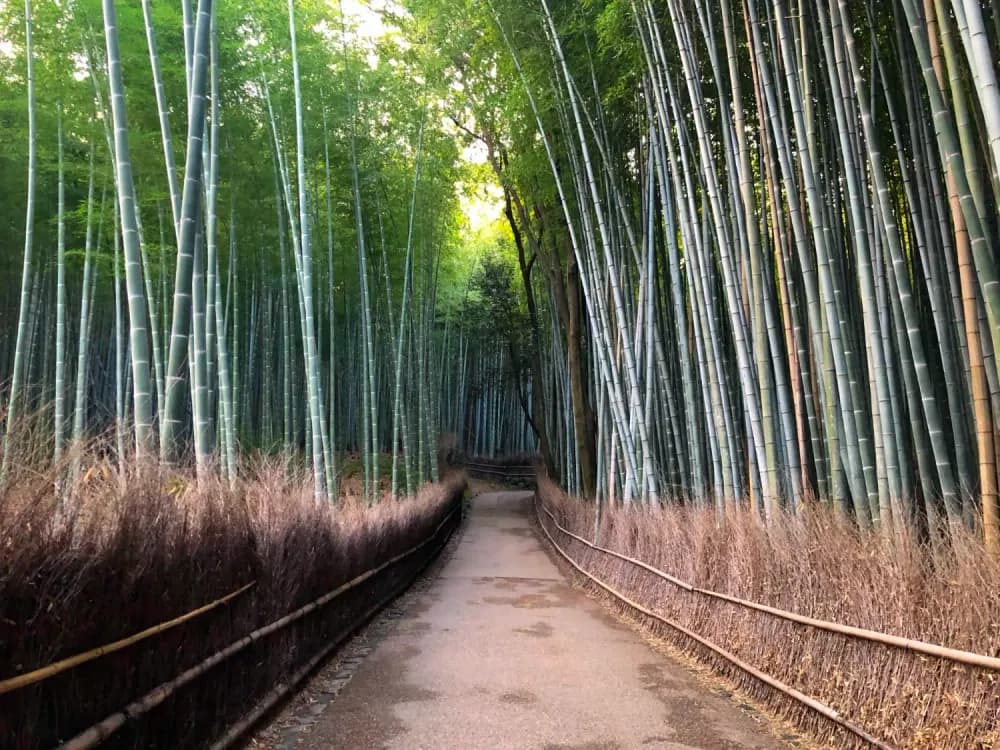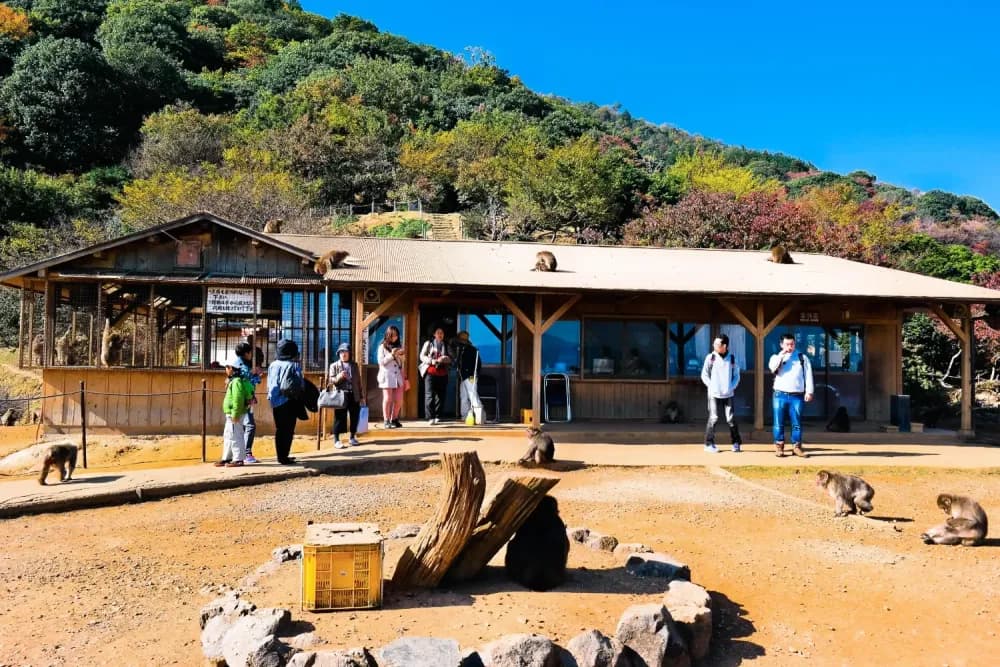Operating Hours
08:30 to 17:00 (Daily)
Cost
¥500
Garden Only
¥800
Temple Buildings & Garden
Tenryū-ji Temple is an important Zen (禅) Buddhism (仏教, Bukkyō) temple (寺, Tera) located in Arashiyama (嵐山), and is the head temple of the Rinzai Sect (臨済宗, Rinzai-shū). It is considered Kyoto’s top temple in the Gozan (五山, Five Mountains) system which denotes the ten most important Zen temples (five in Kyoto, and five in Kamakura) in Japan.
The temple hosts multiple beautiful zen rock gardens (枯山水, Karesansui), as well as the Sōgen Pond (曹源池, Sōgenchi), which is designated as a Special Place of Scenic Beauty of Japan. Within the temple buildings, there are wide wooden terraces where you can just sit down to admire the beauty and serenity of the pond.
Tenryū-ji Temple's Story
The temple was originally an imperial villa, the Kameyama-dono (亀山殿, lit. Kameyama Detached Palace) built in the mid-1200s and named after the nearby Mt. Ogura, nicknamed as Kameyama (亀山, lit. turtle mountain) due to its resemblance to a turtle shell. The tomb of the two emperors who constructed this villa, Emperor Go-Saga and his son Emperor Kameyama, still lie on the temple grounds today.
In 1339, the palace was converted into a temple by Ashikaga Takauji, the first shogun (将軍) of the Ashikaga Shogunate (足利幕府, Ashikaga Bakufu), whose younger brother supposedly had a dream about a golden dragon above the nearby Katsura River (桂川, Katsura-gawa), giving rise to the temple’s name Tenryū-ji (天龍寺, lit. Heavenly Dragon Temple).
In the 1430s, the temple became a tributary to the Ming dynasty of China. Since the Chinese dynasty at the time forbade formal trade with outsiders, the tributary status of Tenryū-ji allowed for formal trade between Japan and China, with China controlling the succession of the chief priest of the temple. This control of trade between Japan and China by the Tenryū-ji priests and monks continued until the mid-1800s.
Since its construction, the temple has been burnt down or severely damaged eight times, the most recent being in 1864, as such almost all of the temple buildings are modern reconstructions. The Sōgen Pond is one of the few locations of the temple that escaped destruction, and remains as it was from the early days of the temple.
Tenryū-ji Temple Is Mentioned In
Getting to Tenryū-ji Temple
From
嵐山駅 (嵐電)
Arashiyama Station (Randen)
A
13
嵐山本線
Arashiyama Main Line
Take Main Exit
Walk
2 mins
130m
From
嵐山駅 (阪急)
Arashiyama Station (Hankyu)
HK
98
嵐山線
Hankyu Arashiyama Line
Take Main Exit
Walk
12 mins
900m
From
嵯峨嵐山駅
Saga-Arashiyama Station
JR-E08
嵯峨野線
Sagano Line
Take South Exit
Walk
7 mins
600m
Check out other spots in Arashiyama
嵐山
Arashiyama
京都
Kyoto
© 2023 Ki Creative. All Rights Reserved.
Due to changing circumstances, readers are advised to do their own additional research. All information on this site is purely for reference only.
Privacy











